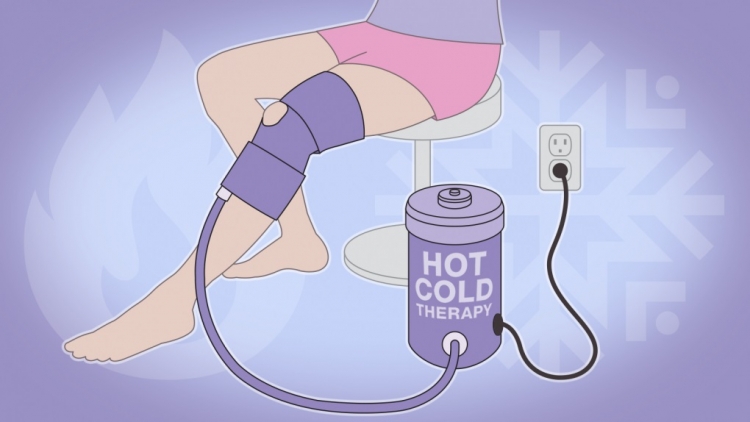Avoid injury from water-circulating hot/cold therapy and compression devices
U.S. Food and Drug Administration (FDA)
When not used properly, devices that circulate water to provide hot or cold therapy can pose a risk of injury, especially cold-induced injuries.
If you are recovering from surgery or an injury, you may try to temporarily ease the pain, swelling, or inflammation by applying heat or cold. If you are considering a device that circulates hot or cold water to use at home, talk with your health care provider first and follow the health care provider’s and manufacturer’s instructions. These devices may lead to injury if not used properly.
What are water-circulating hot/cold therapy devices?
The devices move heated or chilled water through a tube and into a wrap. The wrap is placed on the part of the body being treated. Some devices have cold therapy only, while others have both hot and cold. Compression therapy also may be an option on some devices.
Are there risks associated with these devices?
When used correctly, these devices should not cause pain or damage to the skin or tissue. However, the U.S. Food and Drug Administration (FDA) has received reports of pain or injuries associated with all three types of therapy that water-circulating devices may provide — cold, hot, and compression injuries.
The most serious injuries to skin and tissue have been associated with cold therapy. Those injuries range from numbness to frostbite, which if serious could require skin grafts or amputation.
It is important to keep in mind that water-circulating cold therapy devices are different from ice packs. Water-circulating cold therapy devices can stay colder for longer periods of time, which is why it is especially important to use them properly.
How do I safely use a water-circulating hot/cold therapy device?
Doctors and other health care professionals often prescribe water-circulating hot/cold therapy devices. Your doctor or other health care provider can help you decide if this treatment is right for you. They can also help you use it correctly, so it does not cause pain or injury.
Talk with your health care provider about:
• Any medical conditions you have that affect your circulation or decrease your skin sensation as that may make you more susceptible to injury.
• The type of therapy to use (hot, cold, and compression)
• How often and how long therapy should be applied.
• How long breaks between therapy sessions should last.
• How long to stick with the treatment plan.
When using the device:
• Be sure the wrap that rests on your body does not touch your skin. Use a cloth or bandage as a barrier between the pad and your skin. Make sure the wrap is not adjusted too tightly.
• Check the skin under the wrap frequently and keep it dry.
• Stop using the device and contact your health care provider if you have a serious reaction such as: numbness, increased or unexpected pain, burning, itching, blisters or welts, increased swelling, redness, discoloration or other changes in the skin’s appearance.
What is the difference between cold therapy and cryotherapy?
You may have seen cold therapy also referred to as cryotherapy. Cryotherapy is the therapeutic use of cold. It describes everything from ice packs, to water-circulating cold therapy devices, to whole body cryotherapy. Water-circulating hot/cold therapy devices are not used in whole body cryotherapy. Whole body cryotherapy presents a different set of risks and its healing benefits are unconfirmed.
